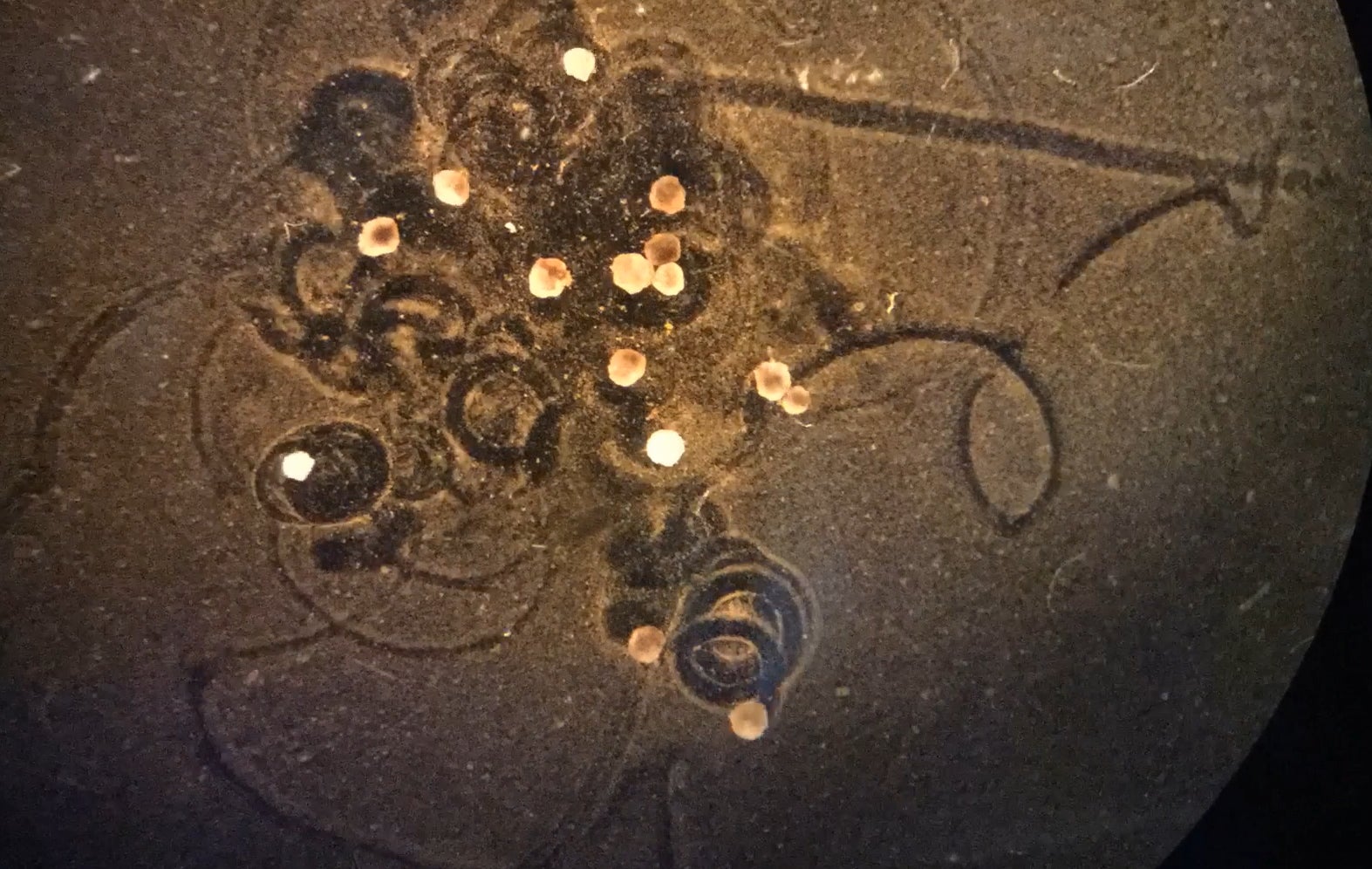Scientists create new ‘living robots’ that have memory and are able to assemble themselves

Scientists have created new living robots that have memory and are able to assemble themselves.
The “xenobots” are an updated version of biological machines that were first unveiled last year.
Those living robots were made out of the cells of frogs by scientists from Tufts University and the University of Vermont. The tiny machines could conduct a host of tasks and actions, including moving themselves and other things around and demonstrating collective behaviour as part of a swarm of such robots.
The new version include a vast array of upgrades. They are able to assemble into a body from a host of single cells, do not need muscle cells to move around, and have a memory that can be used to record things that happen to them.
They are also faster and more capable than the first version, and have a longer lifespan. They can still work together as a collective and heal themselves.
The researchers say they could be further upgraded to add a host of other capabilities that could be used to improve the environment or in healthcare.
But they also could help shed light on how exactly cells – such as those that make up a human – come together to form a whole that works as a system.
That could help us understand how single-celled organisms turned into the complex organisms that surround us – and include us. The processes that help form the xenobots could tell us how we, too, were formed, and gained capabilities such as being able to process information and undersand things, the researchers say.
The work on the new xenobots is described in a paper published today in the journal Science Robotics.
The robots were built a little differently from the original versions, researchers say. They took stem cells from frog embryos and allowed them to begin assembling themselves, as they would when the frog grows, forming into tiny balls with “cilia”, or small hair-like strands that can be controlled by the organism.
In a frog – or human – those cilia would be found in places like the lungs, where they help push out harmful material. But the researchers were able to use them for an entirely different purpose, essentially reprogramming the xenobot so that the cilia were used like tiny legs, to move around.
“We are witnessing the remarkable plasticity of cellular collectives, which build a rudimentary new ‘body’ that is quite distinct from their default - in this case, a frog - despite having a completely normal genome,” said Michael Levin, distinguished professor of biology and director of the Allen Discovery Center at Tufts University, and corresponding author of the study.
“In a frog embryo, cells cooperate to create a tadpole. Here, removed from that context, we see that cells can re-purpose their genetically encoded hardware, like cilia, for new functions such as locomotion. It is amazing that cells can spontaneously take on new roles and create new body plans and behaviors without long periods of evolutionary selection for those features.”
Researchers say the process is not dissimilar from the normal way of creating a robot – but just uses biological tissue to do so.
“In a way, the Xenobots are constructed much like a traditional robot. Only we use cells and tissues rather than artificial components to build the shape and create predictable behavior.” said senior scientist Doug Blackiston, who co-first authored the study with research technician Emma Lederer.
“On the biology end, this approach is helping us understand how cells communicate as they interact with one another during development, and how we might better control those interactions.”
At the same time, scientists from the University of Vermont were running computer simulations of xenobots working both together and apart to find how their shapes changed their behaviours. Those could then be used to select for specific behaviour, such as gathering pieces of debris from within a set of particles.
“We know the task, but it’s not at all obvious – for people – what a successful design should look like. That’s where the supercomputer comes in and searches over the space of all possible Xenobot swarms to find the swarm that does the job best,” said Josh Bongard, who led the team of computer scientists and robotics experts.
“We want Xenobots to do useful work. Right now we’re giving them simple tasks, but ultimately we’re aiming for a new kind of living tool that could, for example, clean up microplastics in the ocean or contaminants in soil.”
Subscribe to Independent Premium to bookmark this article
Want to bookmark your favourite articles and stories to read or reference later? Start your Independent Premium subscription today.

Join our commenting forum
Join thought-provoking conversations, follow other Independent readers and see their replies